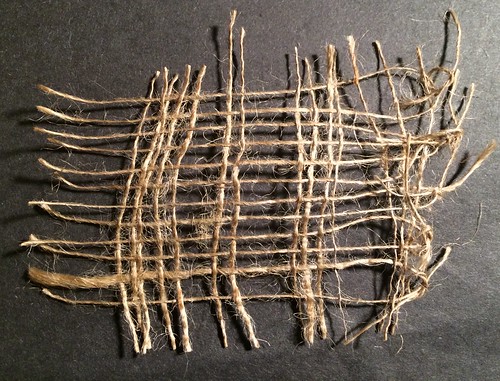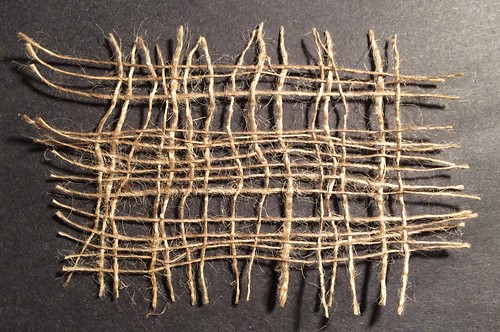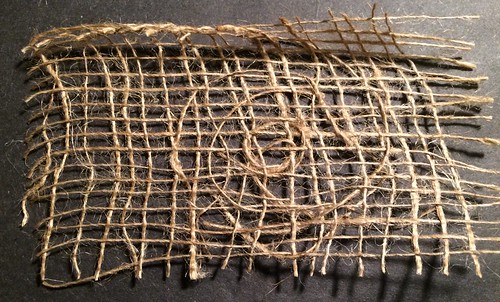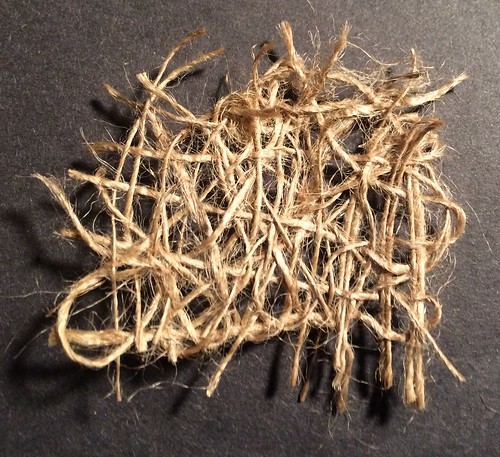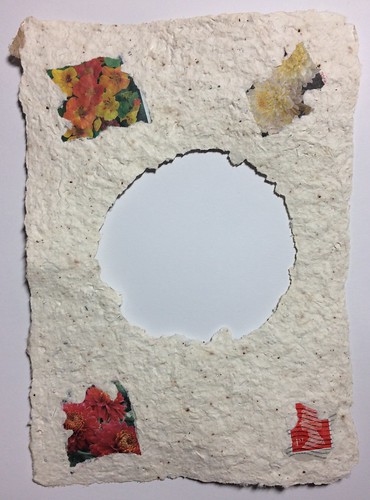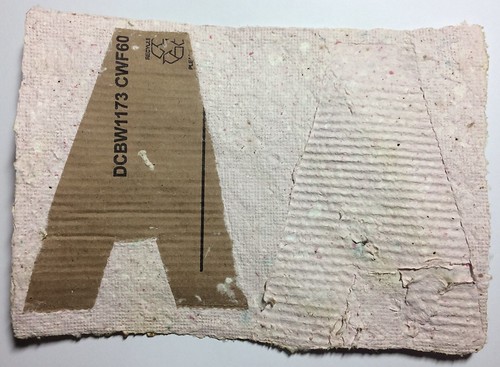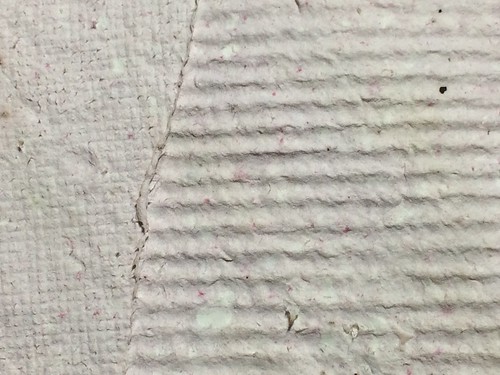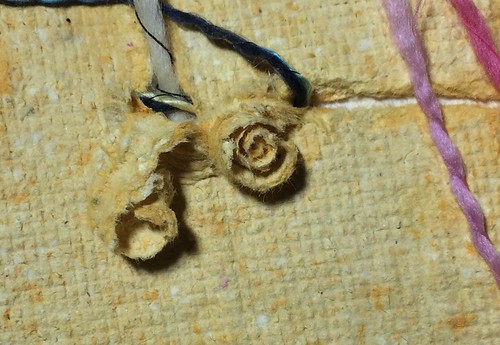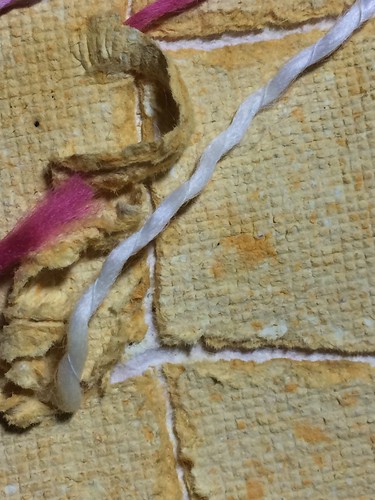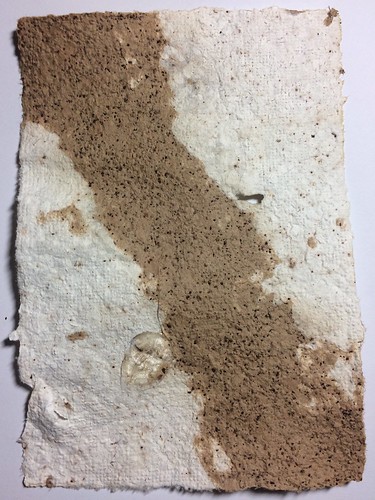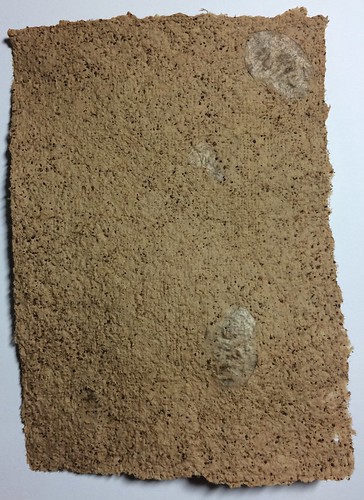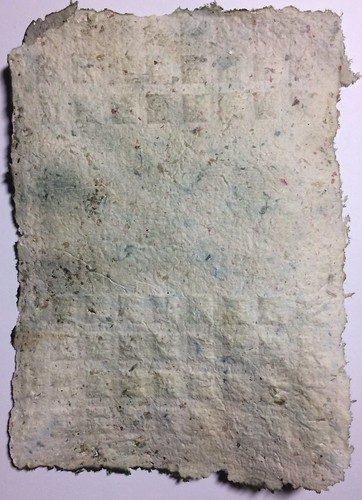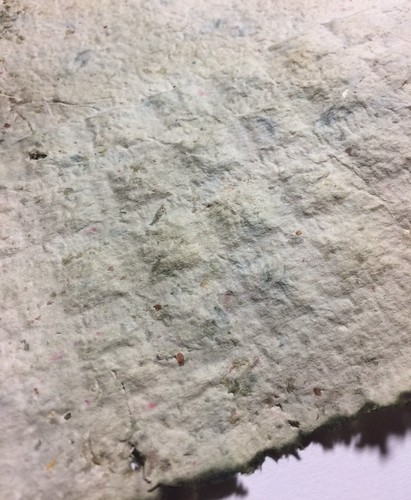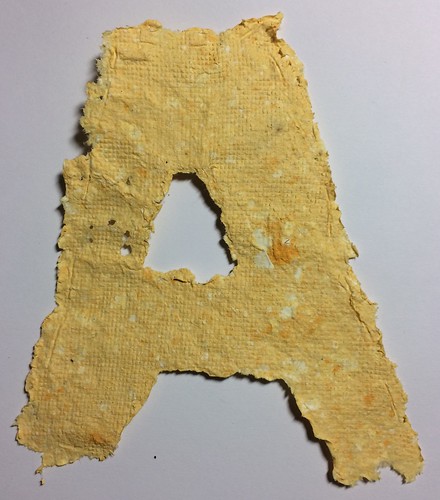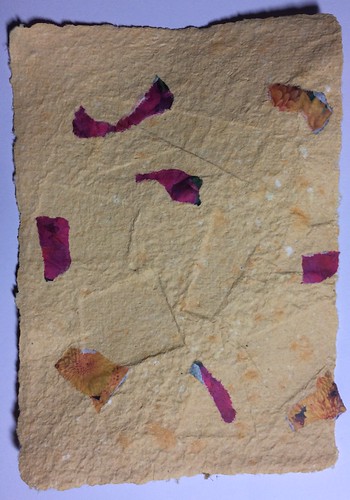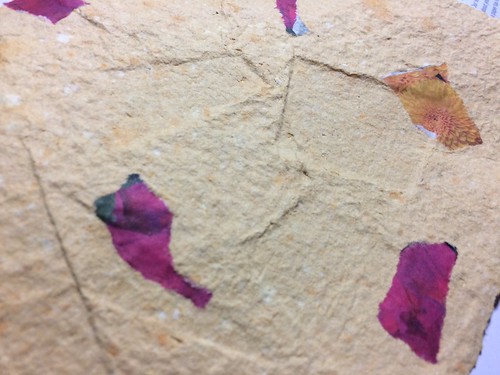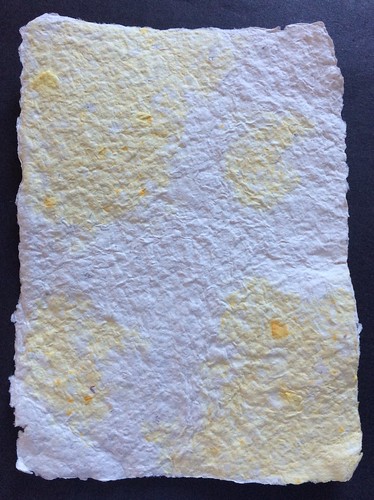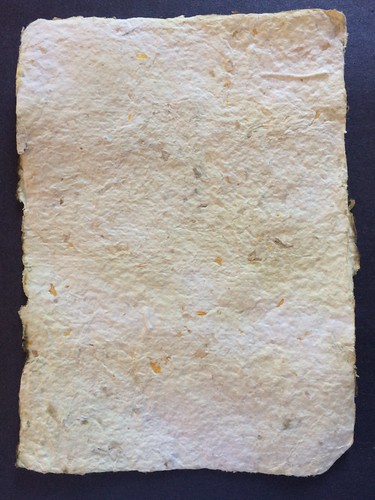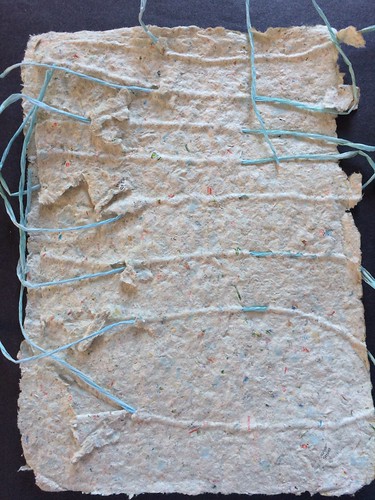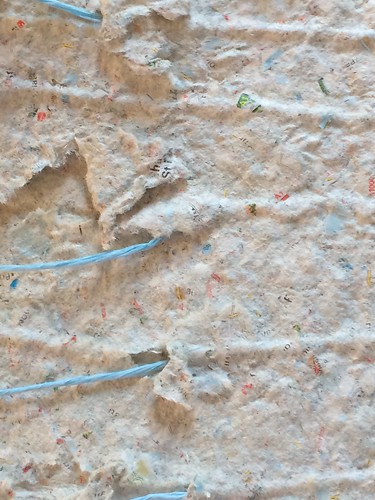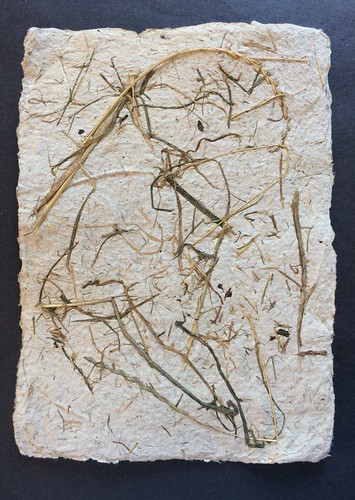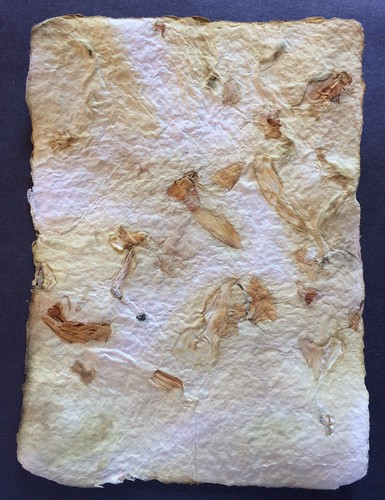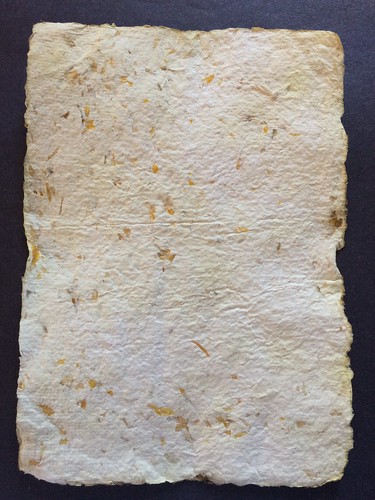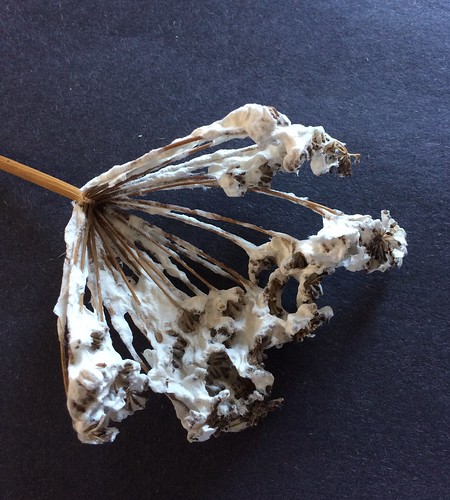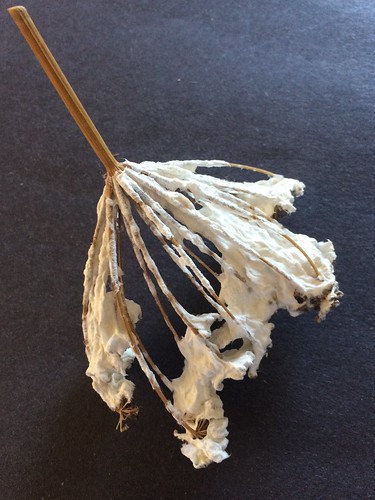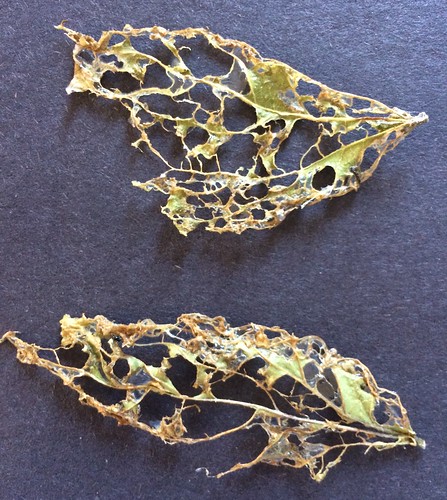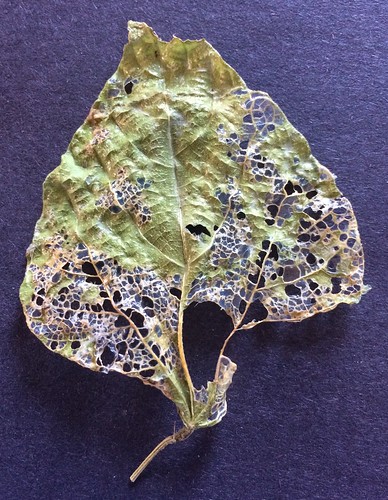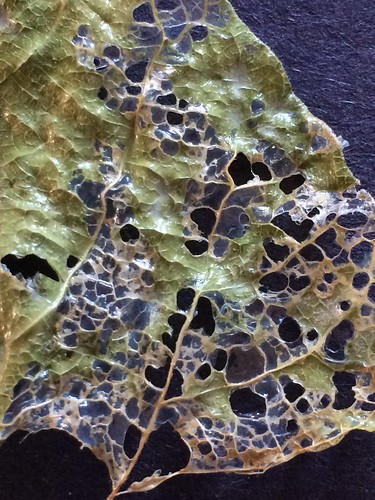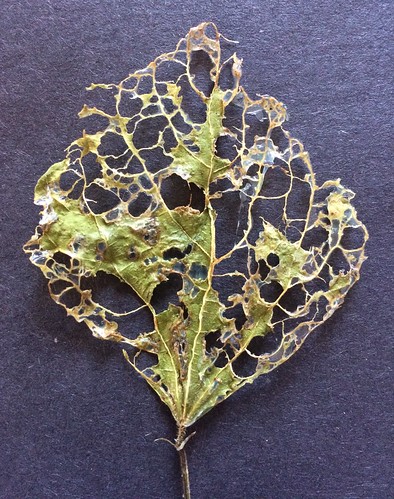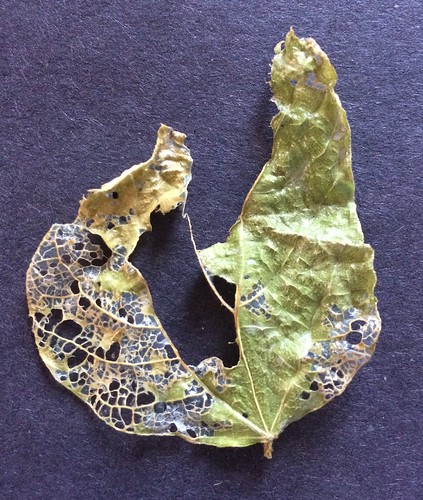Pulling out threads from fabric is addictive. I made a lot of samples because I couldn’t stop. This post shares some with you!
5.1: Withdrawing threads in different directions
5.2: Withdrawing threads from scrim – it’s jolly tricky! But very satisfying,
5.3: Withdrawing threads from scrim – it gets quite delicate.
5.4: Withdrawing threads from scrim.
5.5: Withdrawing threads from scrim.
5.6: Withdrawing thread from scrim and then displacing some threads
5.7: Close up of displaced threads.
5.8: Displaced threads without fulling withdrawing any (using linen). This was jolly satisfying, like ‘blurring’ the fabric.
5.9: On one side I pulled threads into little loops and on the other side I (a) pulled threads out fully and wove some back in the voids, and (b) I didn’t pull the threads out completely and wove them back in.
5.10: Close up of a little patch of loose weave that was created from pulling the threads into loops.
5.11: Threads fully withdrawn and then replaced with bundles of thread from a different piece of fabric contrasting in colour.
5.12: Threads withdrawn and some woven back in.
5.13: Weave threads pulled from a different piece of fabric (which was coloured with blackberries) and woven into a piece of linen which was dyed with nasturtium flowers.
5.14: Weave threads from different pieces of fabric added to the grid with withdrawn threads looped and tied into a knot.
5.15: Threads from different fabric woven around a grid.
5.16: Threads withdrawn from jute scrim. The fabric already has a loose weave so it is quite delicate
5.17: Some threads pulled from jute scrim with the remaining ones being moved around.
5.18: Threads withdrawn and woven back in at different angles.
5.19: Threads withdrawn and then woven back in in a pattern
5.20: Threads withdrawn and woven back in a haphazard fashion.
I couldn’t resist and all of the jute samples ended up with paper pulp on them… results to be shared in a later post!















